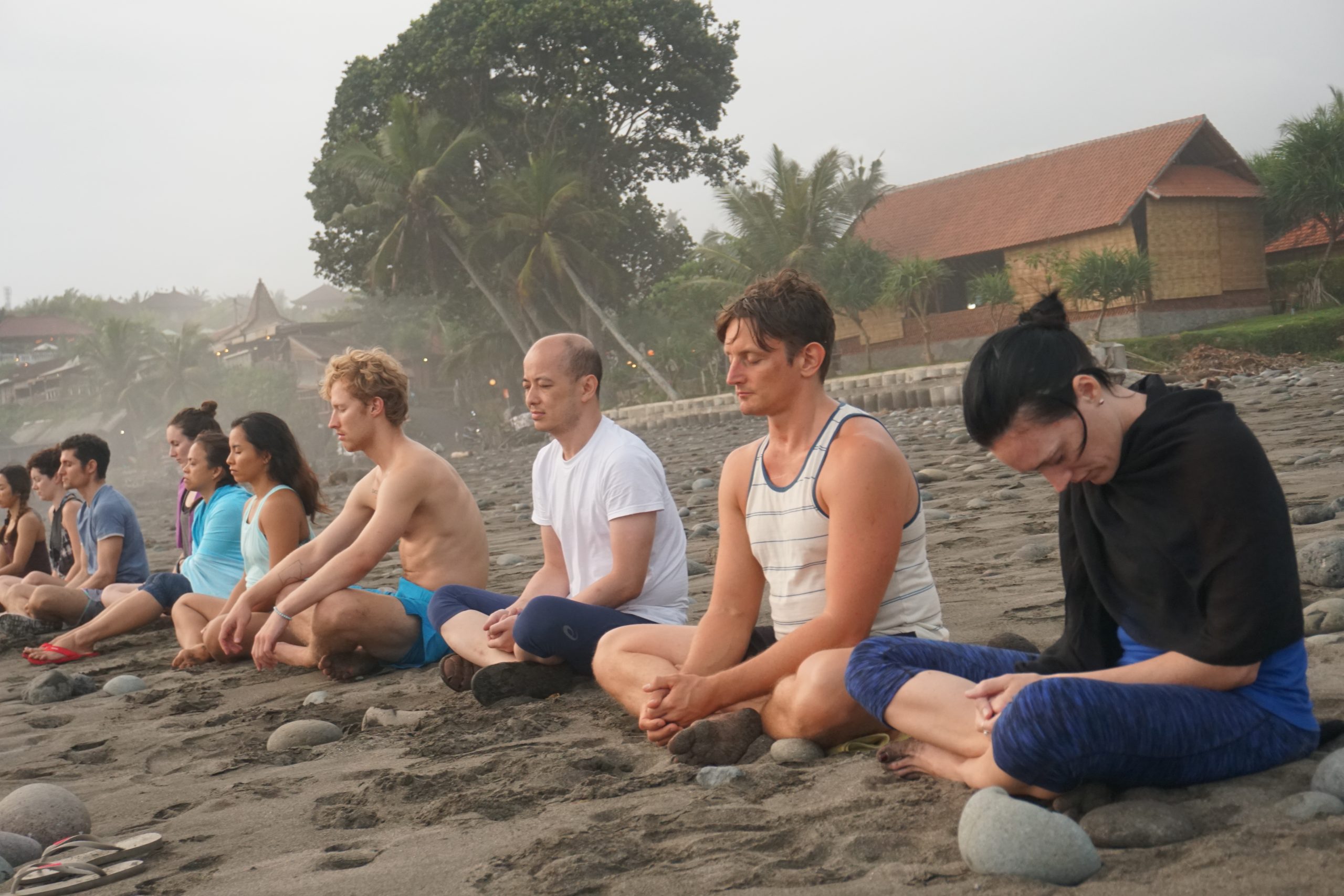By Russelle Beardon
We are modern people having a human experience in the world…active, moving, constantly going forward, striving, improving, performing, achieving, seeking and pursuing.
We stride toward our goals and deadlines, we literally lean into the future – physically craning and straining the head, neck, shoulders, jaw and eyes. The brow furrows deeply with intense concentration and the gut is habitually gripping. We hold our breath in anticipation of what comes next.
All of this…for what reason? To respond to the constant invitations and expectation of life? Not least of all, technology, social media and the endless engagement with our various ‘devices’.
Anxious when we are cut off from the internet and mobile network, disconnected from the wild procession of social media images, events and messages. What if we are missing out on something?
Constantly we are scanning, assessing, comparing, worrying, planning…constantly the body and the mind are moving. We crave the result from whatever we do, often we want to get to the end before we have even begun.
It is exhausting right? So this is why yin yoga. Sarah Powers, a key founder of the yin yoga style offers three tattvas (truths) about yin yoga practice. They are simple:
• An appropriate beginning (to the pose)
• Personal resolve (to be still)
• Wait (hold the pose)
Yin invites you to slow down, to redirect your attention, to venture inward below the surface images and the shiny baubles of ego titles and possessions. You can journey to the deep seat of your grace, it is always there, and you can reconnect any time.
Practising yin yoga is a potent way to attend to the parts of yourself that cannot be seen.
In yin yoga, the body becomes still and surrendered in the poses, and the breath becomes your barometer, it will tell you what is going on. Once the body stops fidgeting and becomes still, and we compassionately accept the rhythm of the breath, we have a chance to see clearly the activity, the fluctuations of the mind…and maybe when we see the more clearly, the mind too might become quiet.
Simple strategy? Yes.
Easy to do? No.
Uncomfortable? Absolutely!
Could you (will you) give yourself permission to abandon expectations and just witness your body, breath your mind and your mood?

